Graciosa Island – What to Visit and Points of Interest
The Graciosa Island is located north of the five islands that form the central group of the Azores archipelago, classified by UNESCO as a World Biosphere Reserve.
Many refer to it as the White Island, due to its geomorphological characteristics and elements of its formation.
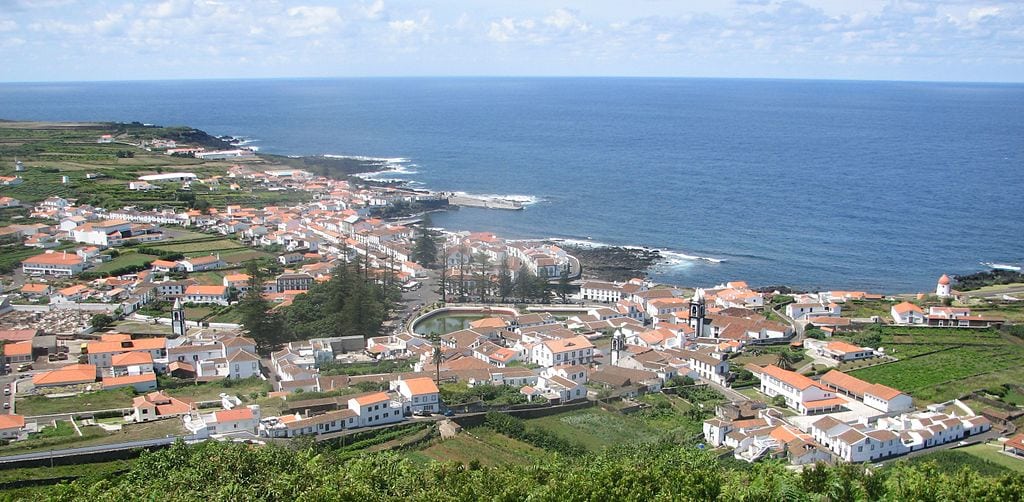
Historians believe that the first contact between Portuguese navigators and Graciosa Island occurred in the early 15th century. The first group of settlers arrived on the island in the mid-1450s and initially settled in the Carapacho area, at the southwestern tip of the island.
 Check out this package with flights and accommodation included >
Check out this package with flights and accommodation included >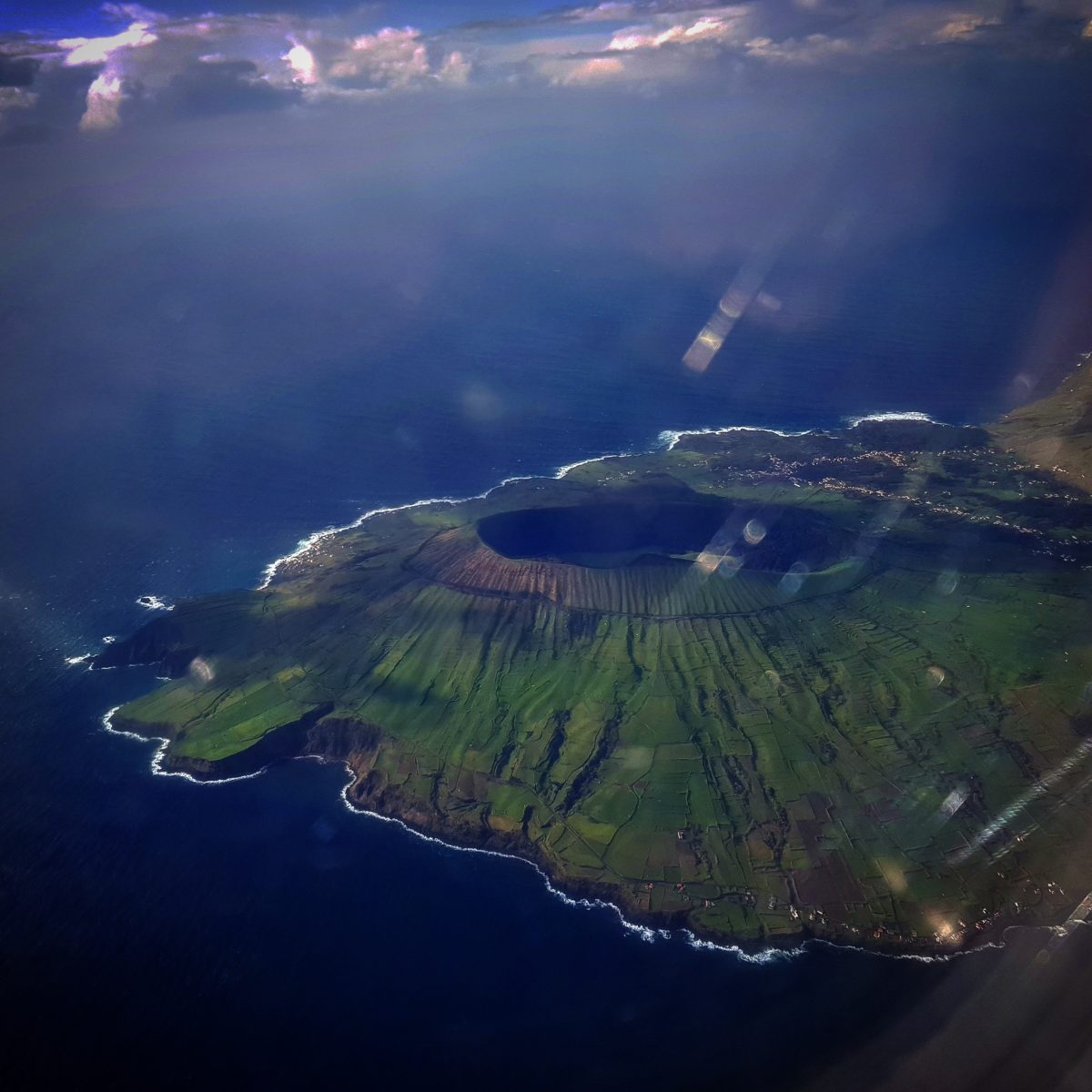
Fotografia de Paulo Branco
However, the areas close to the sea were not very fertile for cultivation, leading many settlers to move inland to practice agriculture.
Over the years, the main inhabited area of Graciosa Island shifted to the northern zone due to easier access to the sea, particularly at the Barra and Santa Cruz coves, facilitating the loading and unloading of goods and the movement of the region’s economy.
Today, Graciosa Island is one of the most sought-after places for diving and fishing, thanks to its strong connection to the sea. The bays of Santa Cruz, Folga, and Praia are ideal spots for activities such as windsurfing, rowing, or sailing.
For those who enjoy swimming, Carapacho, Praia, Barro Vermelho, and Calheta are essential places to visit.
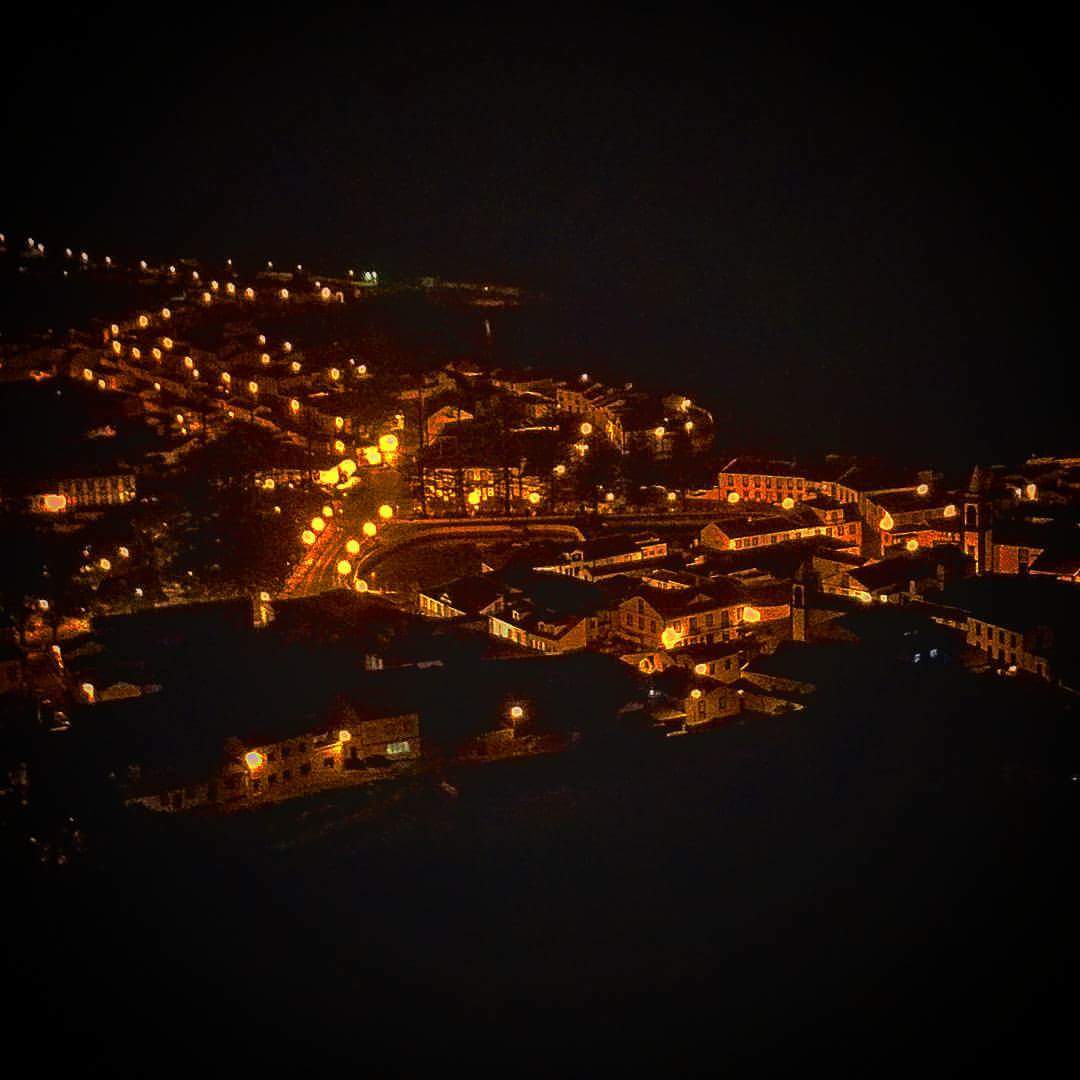
Fotografia de Paulo Branco
One of the main highlights of Graciosa Island is the Carapacho thermal baths (see below), which feature thermal waters with an average temperature of 40ºC, providing relaxation and well-being, as well as therapeutic and medicinal benefits.
For hiking enthusiasts, Graciosa Island offers several trails around the Caldeira, with breathtaking landscapes that bring a sense of peace and tranquility, filled with beauty on all sides.
Finally, for history buffs and lovers of natural phenomena, a visit to the Furna do Enxofre (see below) is a must, as it provides insight into the region’s volcanism while exploring the volcanic cavities of the island. It’s a unique and unmissable experience.
Check out some of the main points of interest to visit on Graciosa Island:
Índice de conteúdos [ocultar]
- Santa Cruz da Graciosa
- Parish of São Mateus (Praia)
- Furna do Enxofre
- Ethnographic Museum of Graciosa
- Termas do Carapacho
- Monte de Nossa Senhora da Ajuda
- Ponte da Barca Lighthouse
- Ilhéu da Baleia
- Ilhéu da Praia
- Windmills
- Mother Church of Santa Cruz
- Tower of the Church of Our Lady of Angels
- Graciosa Custard Tarts
Santa Cruz da Graciosa

Photo by Angrense
Located in the northeast of Graciosa Island and belonging to a former volcanic territory, Santa Cruz da Graciosa is the largest municipality of this beautiful Azorean island, housing the highest number of inhabitants.
What stands out most in this locality is its architecture, with beautiful buildings and iron balconies. The ideal way to visit Santa Cruz da Graciosa is on foot, as the main attractions are located around the central square, known as Rossio.
Highlights include the Churches of Misericórdia and Santa Cruz, dating from the 16th and 18th centuries, respectively, as well as the Ethnographic Museum of Graciosa, located on Rua das Flores.
Parish of São Mateus (Praia)
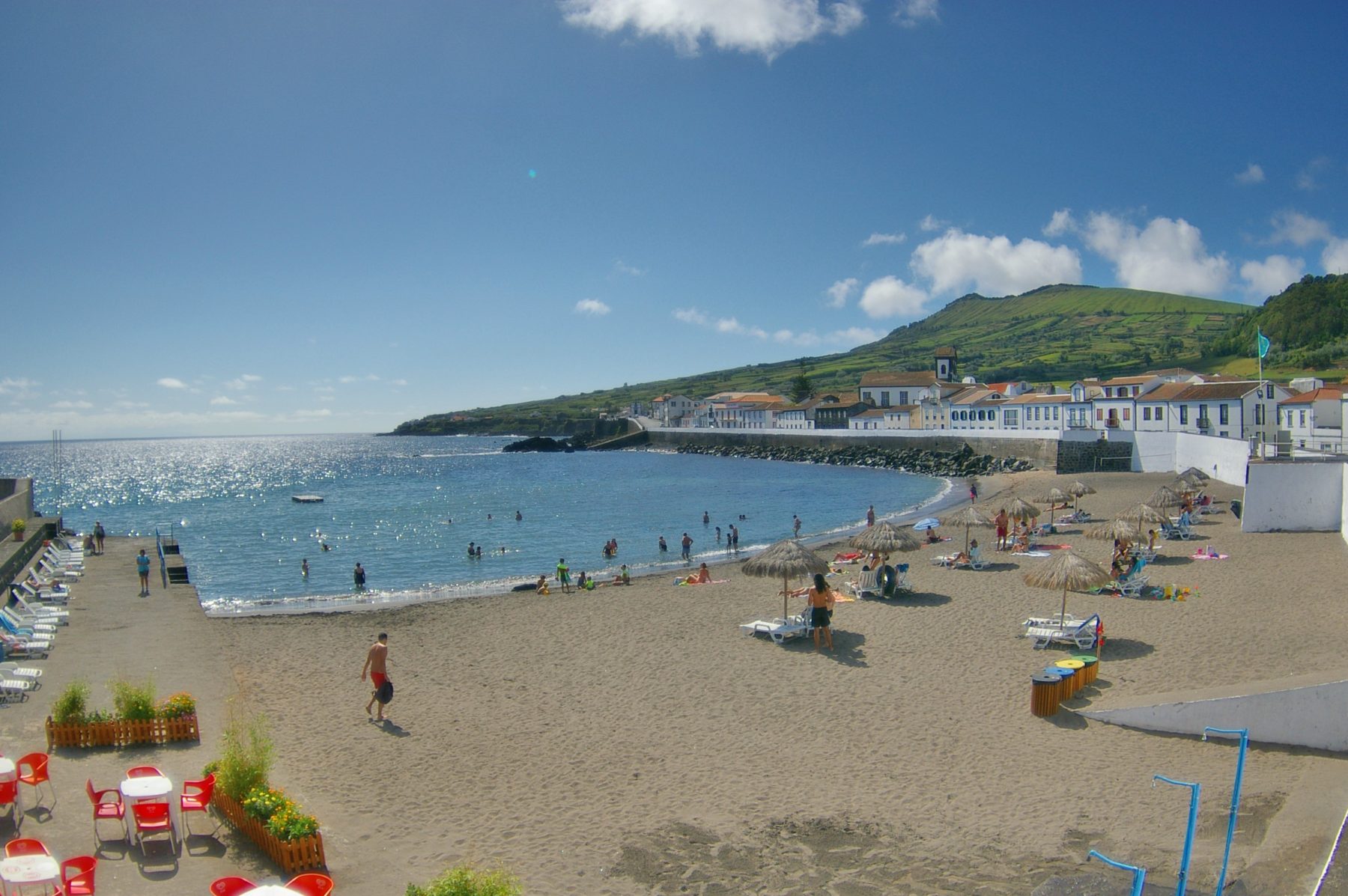
Fotografia de João Leandro
This parish belongs to the municipality of Santa Cruz da Graciosa, São Mateus, simply known as Praia, covers only 12.56 km² and has a small population.
It is located at the southeastern tip of Graciosa Island, along the valley that separates the Caldeira from the rest of the island. The village of Praia, which was once the seat of the municipality, and the commercial port, known as Porto da Praia, are located here.
If you visit the village, you will notice the Ilhéu da Praia, a natural reserve and special protection area due to the seabirds that inhabit it. This parish is home to the Caldeira da Graciosa and also the Furna do Enxofre, major tourist attractions of Graciosa Island.
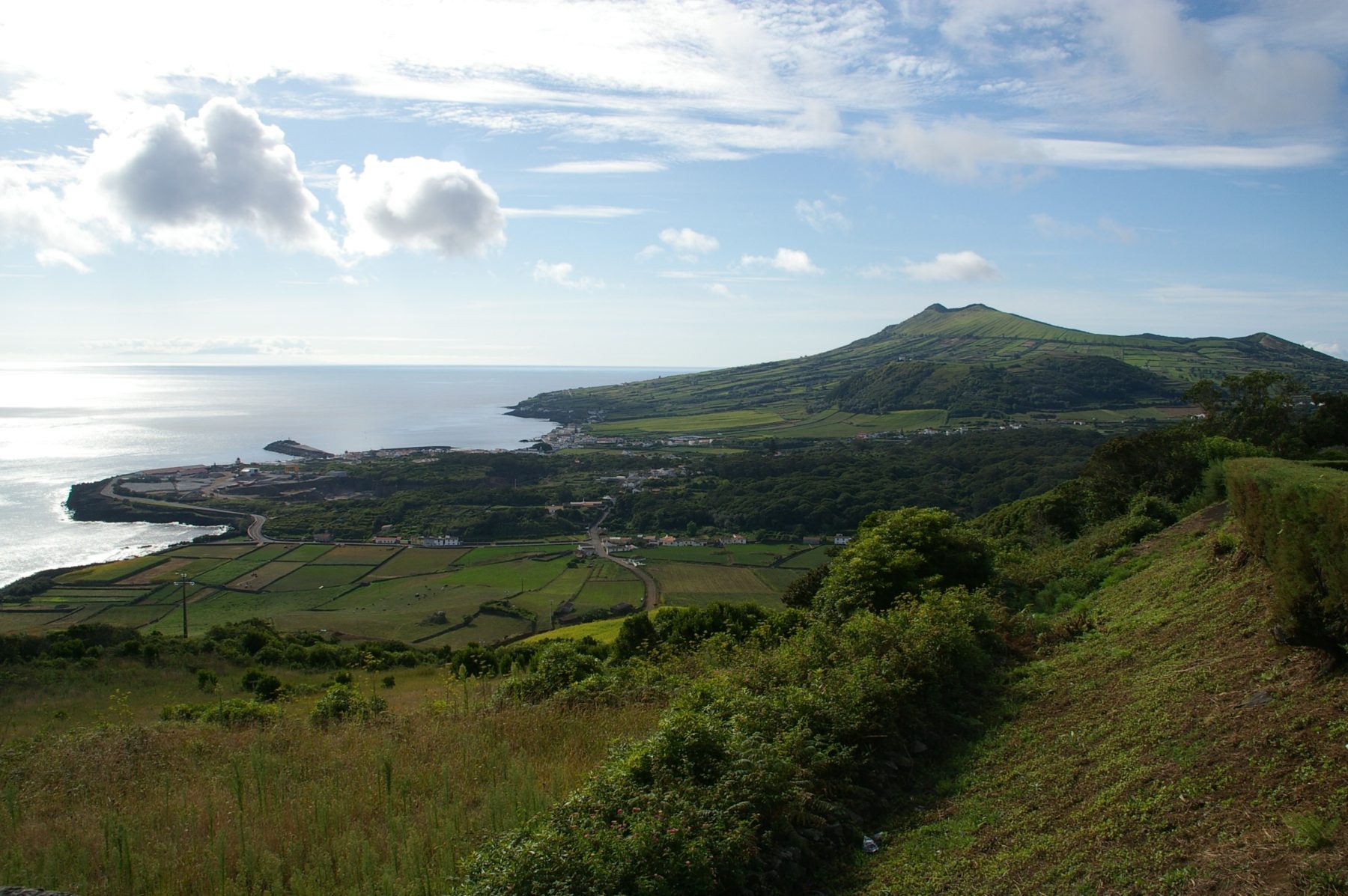
Fotografia de João Leandro
Furna do Enxofre
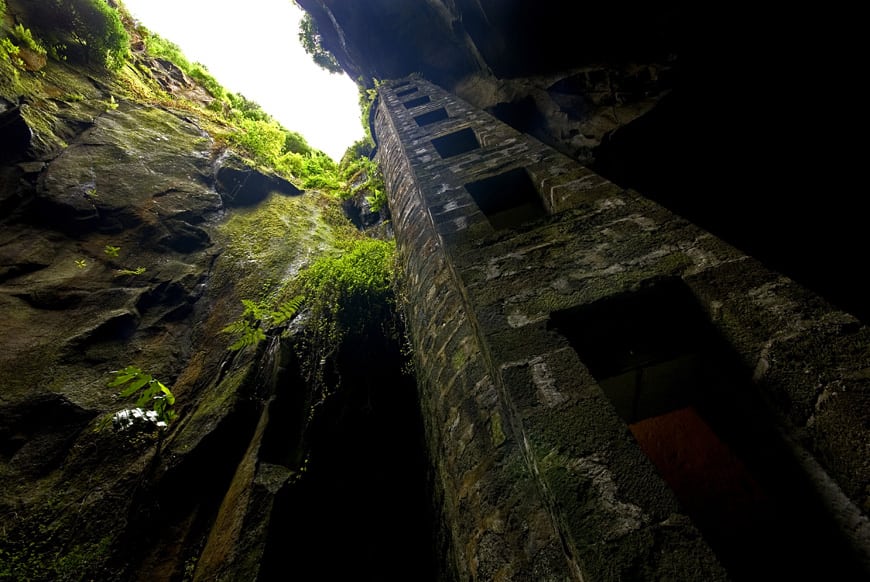
Developed underground within the Caldeira da Graciosa, the Furna do Enxofre is an impressive volcanic cavity with a perfectly vaulted ceiling, measuring 194 meters in length and 40 meters in height at its center.
Its origin is linked to the overflow of a lava lake within the caldera. The site features a Visitor Center that provides extensive information about this geosite in the Azores, one of the most significant in terms of richness and scientific, educational, and tourist value.
Don’t miss the chance to go inside the Earth and explore the depths of a volcano.
Useful Information: Hours, Prices, and Contacts
Ethnographic Museum of Graciosa
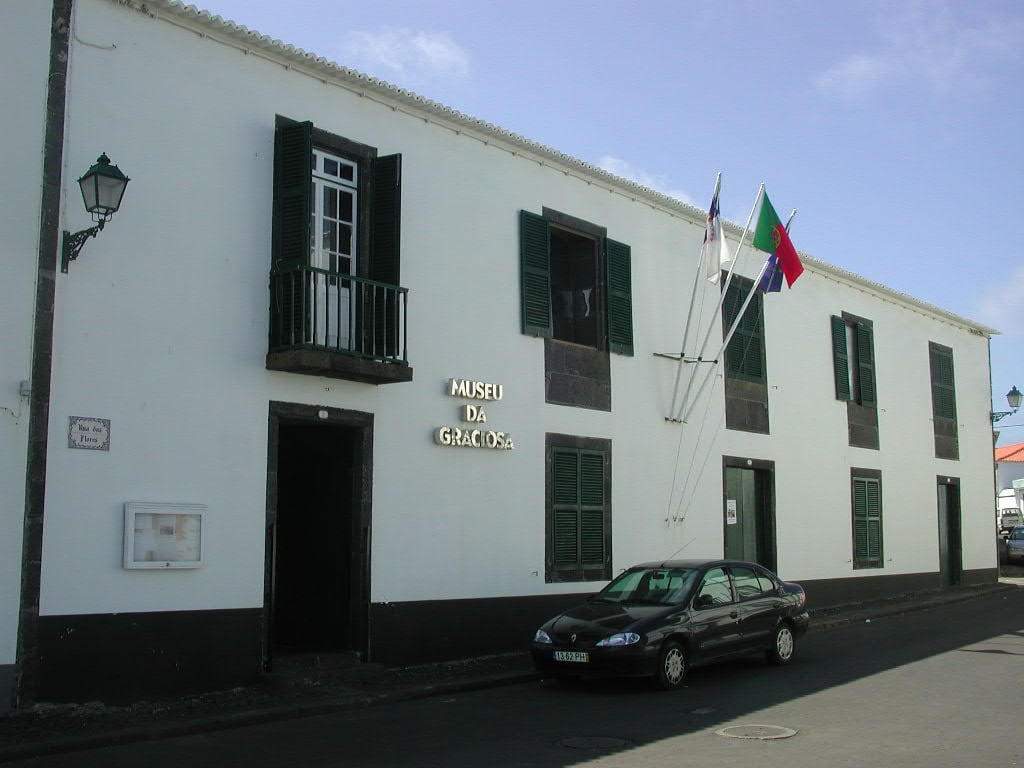
Photo by Rádio Graciosa
Established in 1977 and officially inaugurated on December 6, 1983, the Ethnographic Museum of Graciosa, popularly known as the Museum of Graciosa, is of great importance to Graciosa Island and the Azores archipelago, with the primary goal of valuing and protecting Azorean cultural heritage.
The museum offers visits to a permanent exhibition as well as temporary exhibitions on various themes. Its activities are essential for promoting and conducting socio-cultural activities in the region.
Operating Hours
Summer (April 1 to September 30): Tuesday to Sunday and holidays from 10:00 AM to 5:30 PM
Winter (October 1 to March 31): Tuesday to Sunday and holidays from 9:30 AM to 5:00 PM.
Closed on Mondays
Price
Standard ticket €1.00;
Seniors €0.50;
Students €0.40;
Address and Contacts
Largo Conde de Simas, 17
9880-345 Santa Cruz
Graciosa – Azores
Phone: (+351) 295 712 429
Email: museu.graciosa.info@azores.gov.pt
See also: Museums in the Azores
Termas do Carapacho
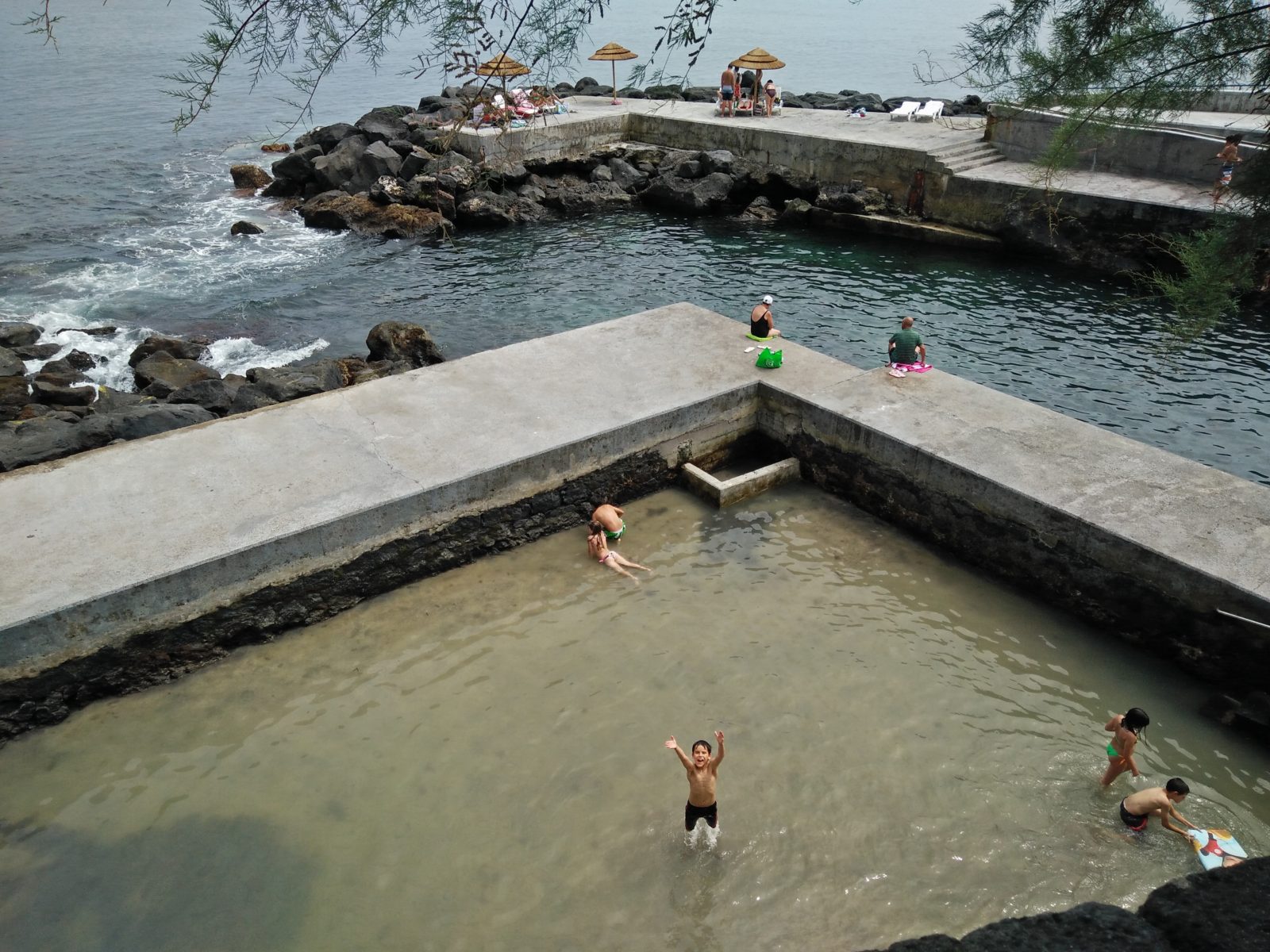
Fotografia de Márcia Melo
Located in the parish of Luz, at the southwestern tip of Graciosa Island, the Termas do Carapacho is a famous thermal resort since the 17th century, believed to have miraculous waters.
The waters can reach temperatures of up to 40ºC and contain sulfur, chloride, and sodium.
The most interesting aspect of these thermal waters is their health benefits, indicated for the prevention and treatment of rheumatological problems, in addition to providing comfort and well-being.
This location is highly recommended for bathing.
Monte de Nossa Senhora da Ajuda
If you enjoy walking (there’s an option for a roadway), head to Monte de Nossa Senhora da Ajuda via the pedestrian trail.
A frequently traveled route by devotees of Santa Cruz, located to the west of the center of Santa Cruz da Graciosa, features a viewpoint at 192 meters high with a magnificent panoramic view of Santa Cruz and the northern zone of Graciosa Island.
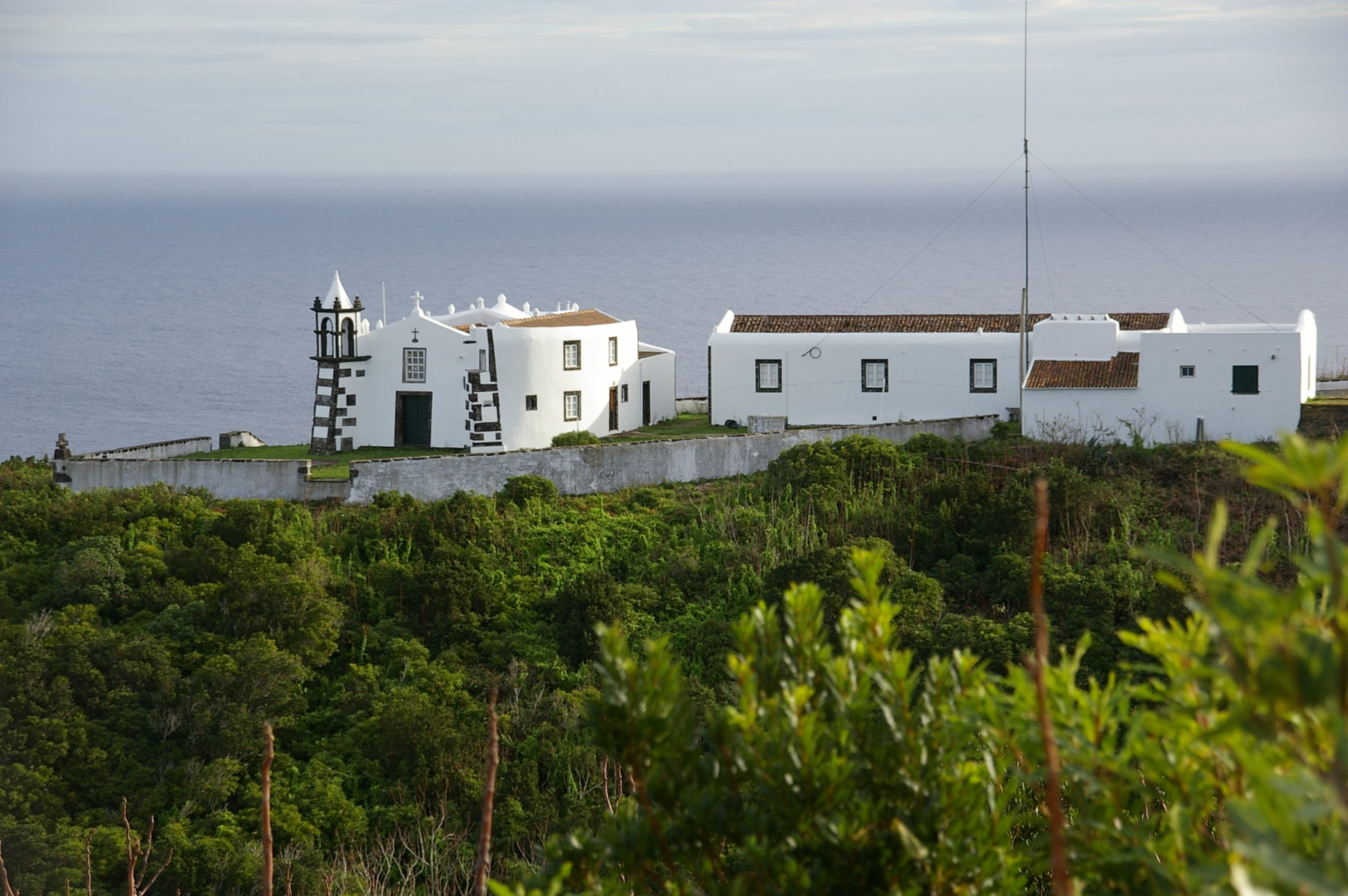
Fotografia de João Leandro
At the site, there are three white chapels dedicated to Salvador, Saint John, and Our Lady of Help, the last of which also includes a whale watching station.
This location holds significant historical value, with structures dating back to the 15th, 16th, and 18th centuries. It’s worth a visit!
Ponte da Barca Lighthouse

Fotografia de Manuela Juliano
Inaugurated on February 1, 1930, the Ponte da Barca Lighthouse is located at Ponta da Barca, on the northwest coast of Graciosa Island.
The lighthouse tower stands 23 meters tall and 71 meters above sea level, making it the tallest of all the lighthouses in the Azores, and it draws attention for its beautiful construction and paintwork.
The location offers an excellent viewpoint for visitors to observe the lovely landscapes around, such as the Ilhéu da Baleia, where the famous “whale of stone” can be seen, a rock formation resembling a whale.
Ilhéu da Baleia
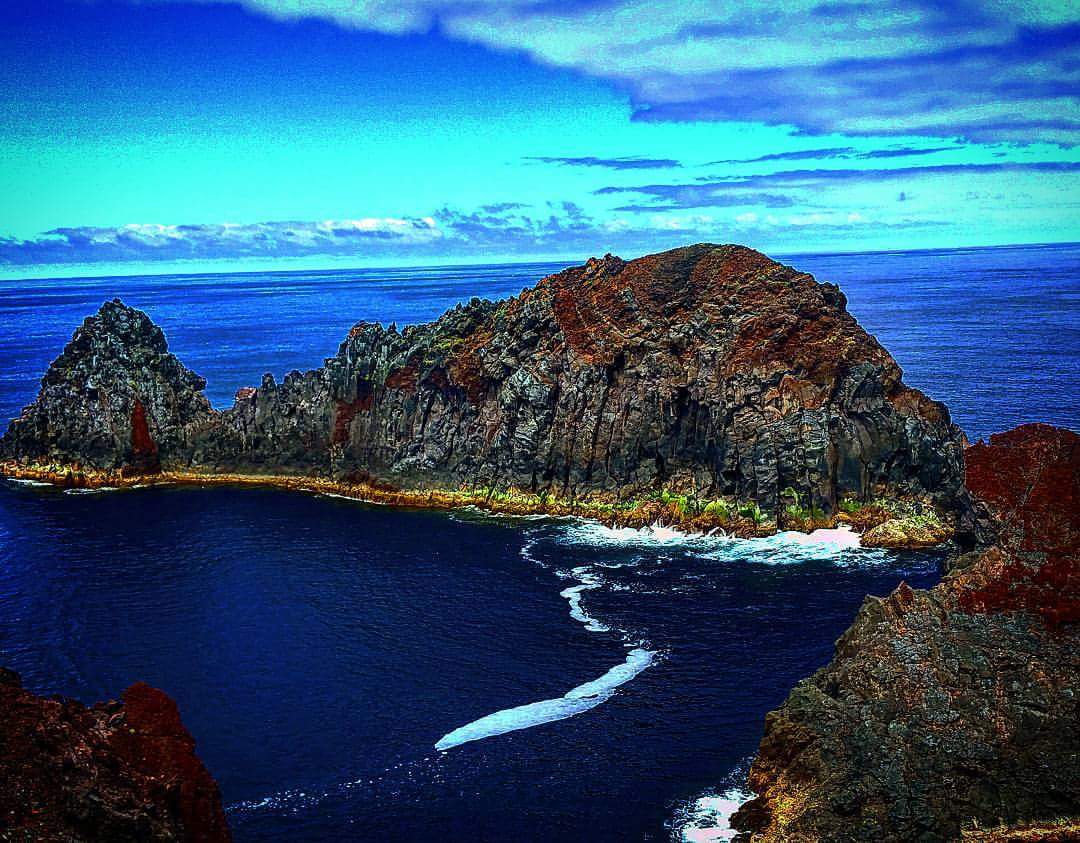
Fotografia de Paulo Branco
This beautiful islet is located on the northern coast of Graciosa Island and is named Ilhéu da Baleia due to its whale-like shape.
Its origin is linked to volcanism, featuring rock formations and basalt, which have made the site famous for its beauty, crystal-clear waters, and, of course, the figure of a whale appearing to head towards the coast of Graciosa.
This location is part of a protected area in the Azores and is ideal for taking great photos.
Ilhéu da Praia
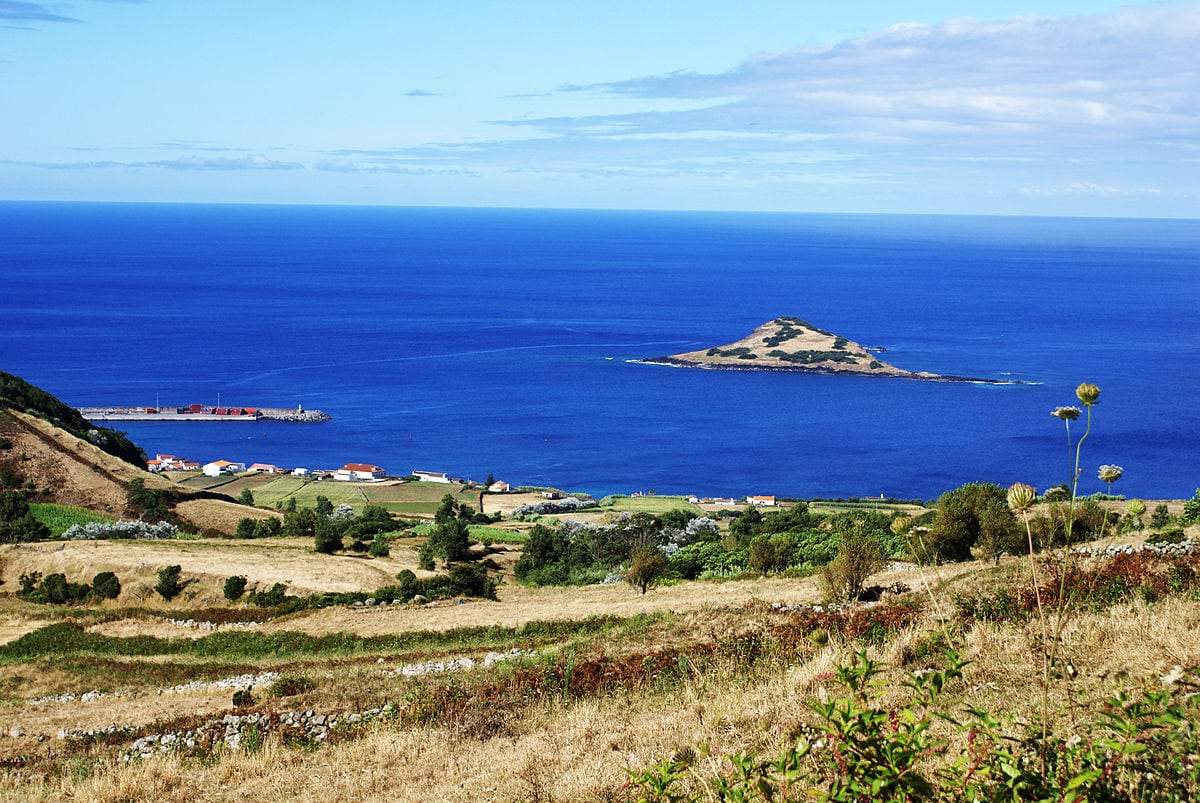 Photo by
Photo by
Located about 1.5 km from the coastal edge of Praia village, Graciosa Island, Ilhéu da Praia is one of the most important locations in the Azores archipelago.
This site hosts various colonies of seabirds, in addition to rich vegetation, which are part of the Azorean fauna and flora and receive all necessary protection.
You can spot the main oceanic species, such as the Cagarro, the Roseate Tern, the Common Tern, the Frulho, and the Madeiran Storm-petrel. For nature lovers, Ilhéu da Praia is a place that preserves the island’s riches.
Check here for the Access Regulation to Ilhéu da Praia
Windmills
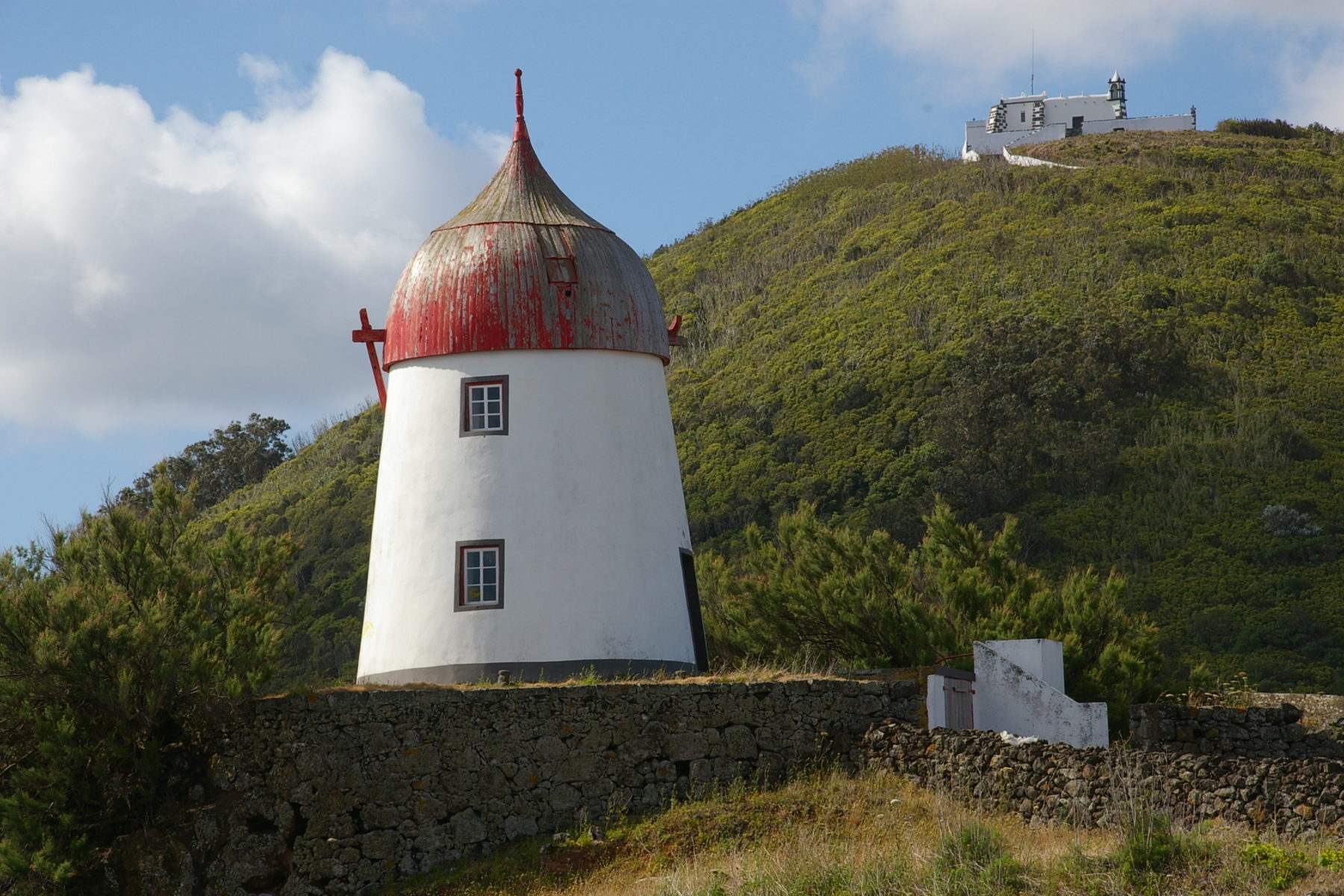
Fotografia de João Leandro
The Windmills are symbols of Graciosa’s landscape, featuring secular architecture, some in Dutch style, others influenced by Flemish and Nordic countries, with red roofs and great beauty.
The main windmills on Graciosa Island are located in Santa Cruz da Graciosa. They can be seen from afar, sparking the curiosity of visitors.
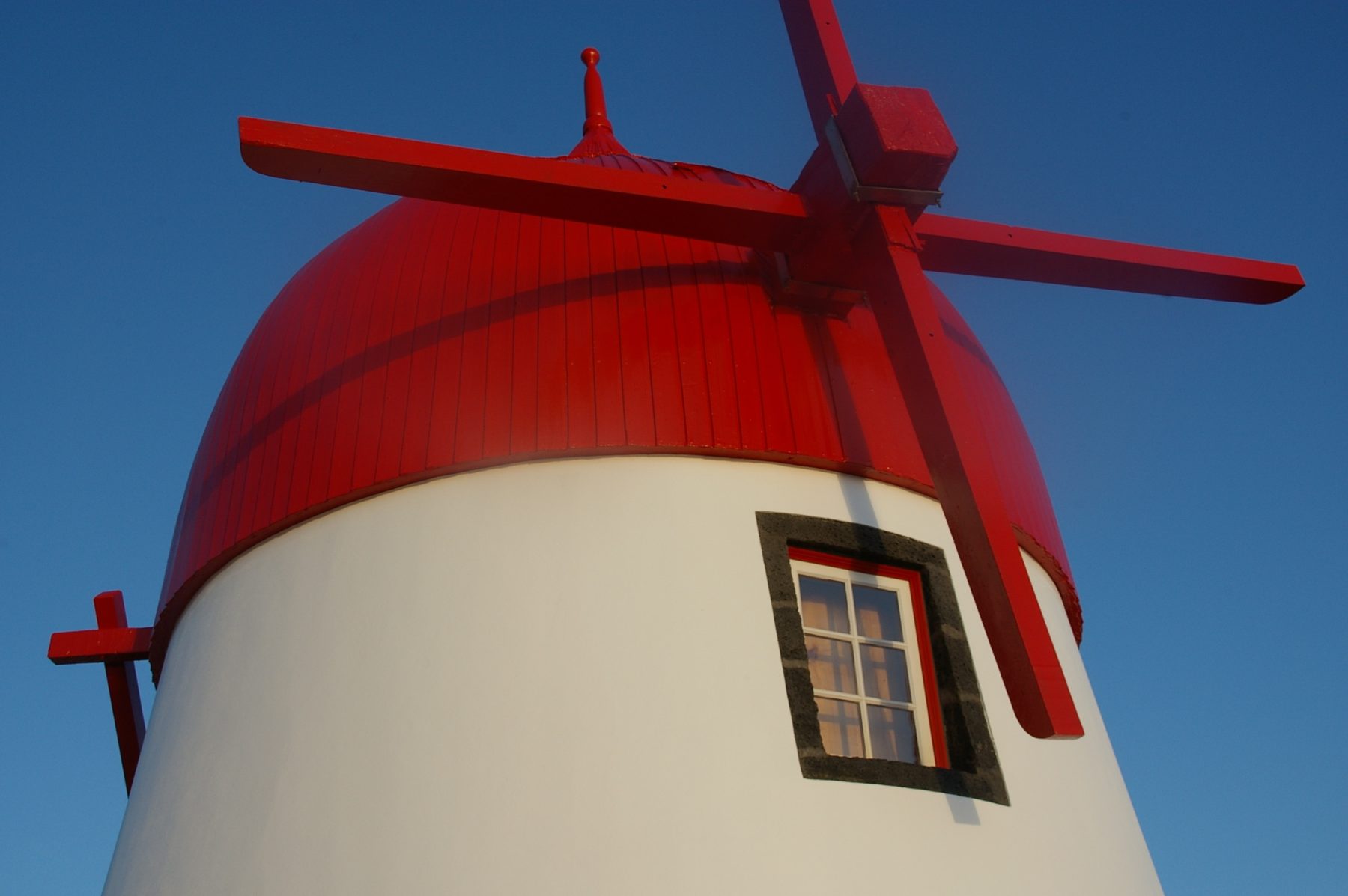
Fotografia de João Leandro
Their primary function was to grind grains and assist the region’s economy in past eras. Currently, they are no longer operational and serve only as historical tourist attractions on the island.
Mother Church of Santa Cruz
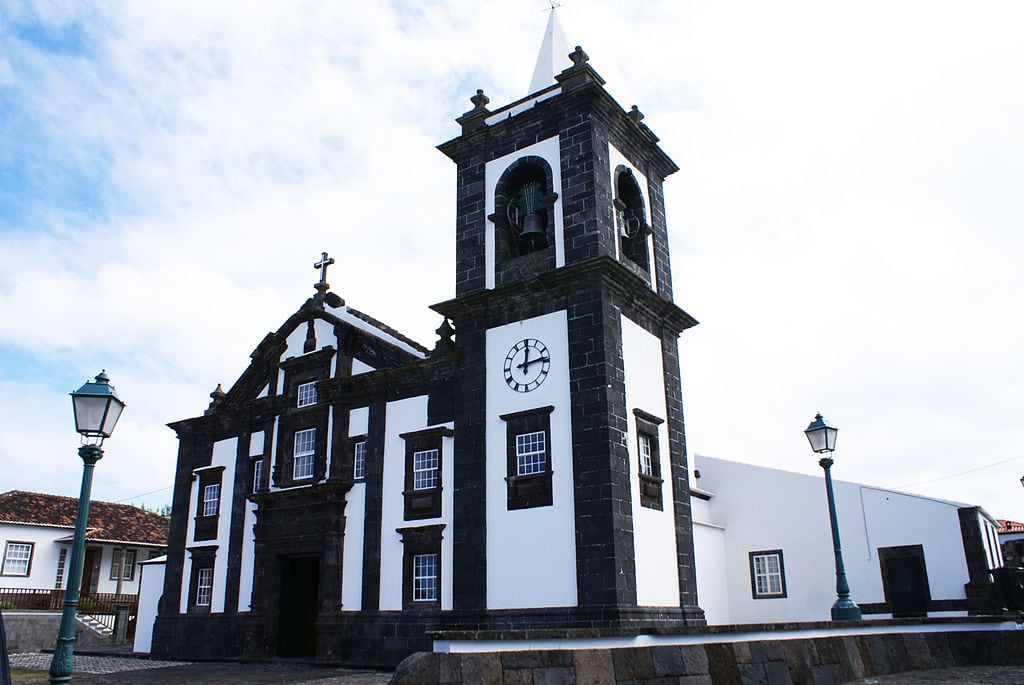
Photo by José Luís Ávila Silveira/Pedro Noronha e Costa
Located in Santa Cruz da Graciosa, the Mother Church is one of the highlights of the city, especially due to its façade made of black stone, its windows, and bell tower.
It was built in the 16th century and expanded during the 18th century. Inside, notable features include the painted altarpiece made of Cristóvão de Figueiredo, a famous Portuguese Renaissance painter, dated from the 16th century, along with the tile panels that contribute to the decoration and richness of the site.
It is a must-visit location for everyone on Graciosa, showcasing a beautiful historical architectural ensemble of the island.
Tower of the Church of Our Lady of Angels
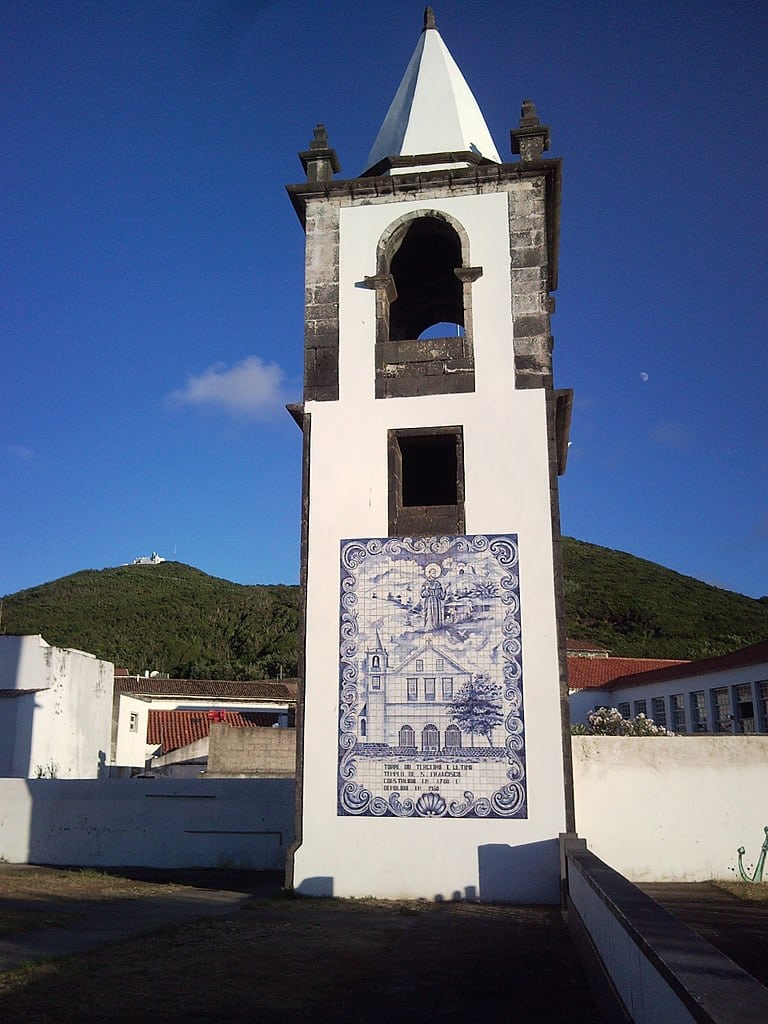
Photo by José Luís Ávila Silveira/Pedro Noronha e Costa
This bell tower was part of the former Church of Our Lady of Angels, and it currently stands without the rest of the temple it belonged to.
It is located in Santa Cruz da Graciosa, behind the municipal library, on the southern side of the city’s central square.
In the past, the Church of Our Lady of Angels was part of the Franciscan Convent and was considered the best church on Graciosa Island, both for its construction and its good position/location.
However, the convent was dissolved due to liberal policies in Portugal in 1834, serving only for public use until its demolition in 1946, leaving only the tower behind.
Graciosa Custard Tarts

A traditional sweet from Graciosa Island, the custard tarts are popular desserts made with natural products following the standards of regional confectionery. Visitors can check out the Graciosa Custard Tarts factory, where the tarts are made, and observe the production of this famous delicacy up close.
–
If you are planning to travel to the Azores archipelago, be sure to visit and explore Graciosa Island, discovering this piece of the world filled with wonderful points of interest.
Explore Graciosa Island!
See also: Fantastic photos of Graciosa Island
 Quick links and suggestions
Quick links and suggestions
Travel insurance with 15% discount for the Azores or another destination Click here to simulate >
Looking for trips to the Azores? See these promotions >
Rent a car in the Azores? The best rent-a-car >
Activities and Experiences during your stay? Check it out here >
See Whales and Dolphins? Book now online >
Have you had a canceled or delayed flight in the last 3 years? Receive your compensation here >


